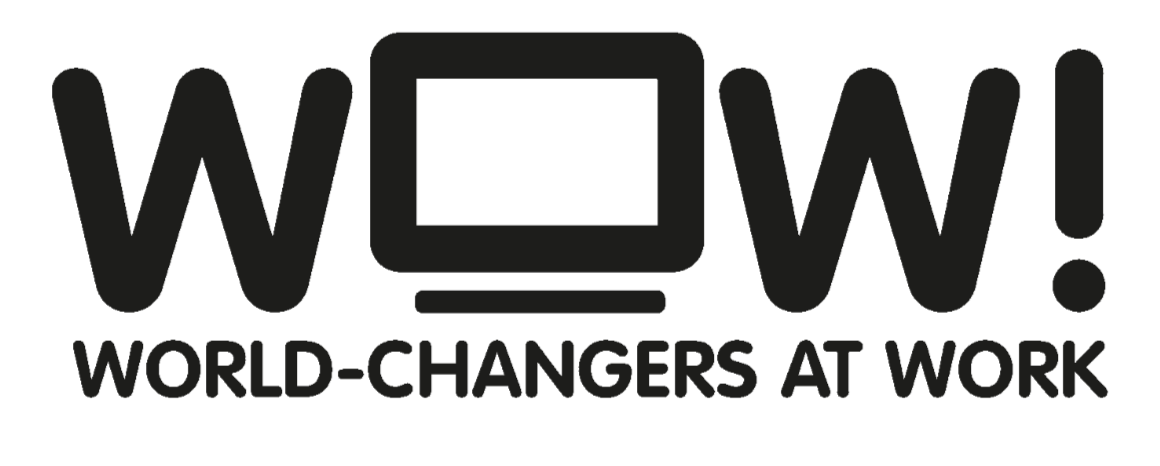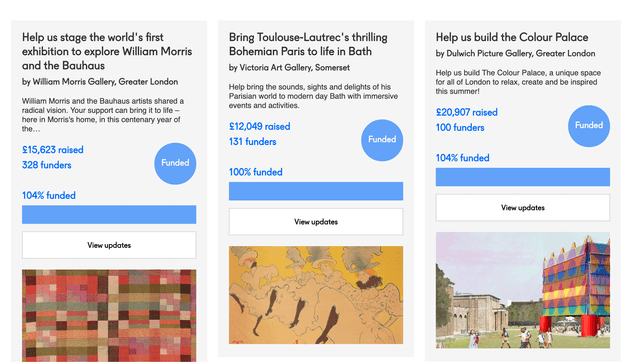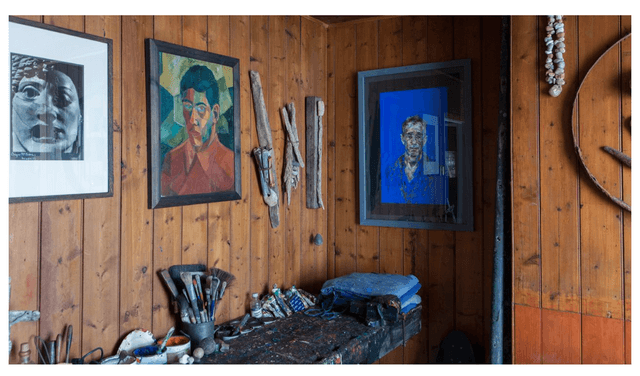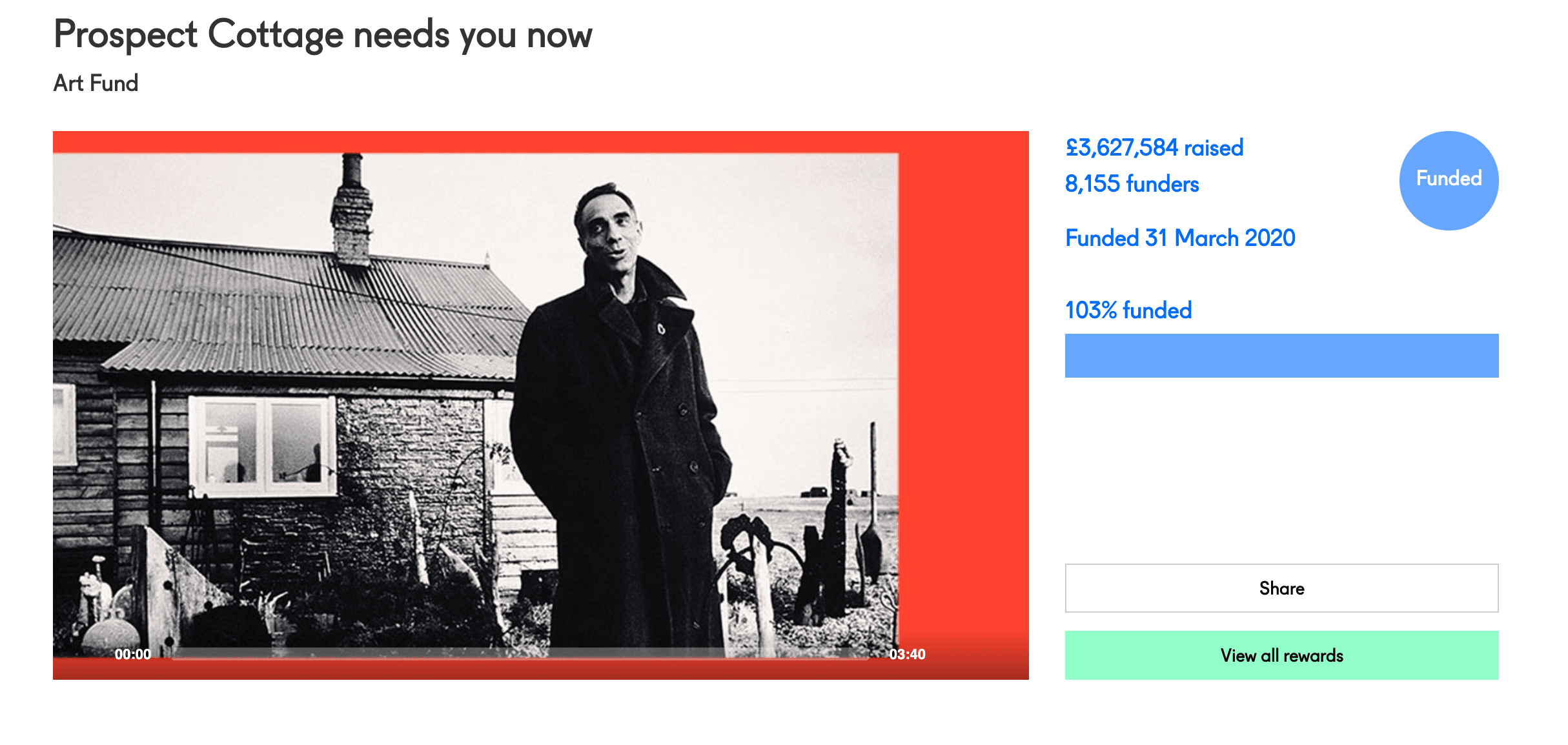Art Fund: Crowdfunding to save Prospect Cottage (part two)
In the midst of the coronavirus crisis there was a sliver of good news that gave everyone at SOFII reason to cheer. We learned that the crowdfunding campaign to save artist, filmmaker and activist Derek Jarman’s cottage in Dungeness, Kent, had hit its target of £3 million.
- Written by
- Joe Burnett
- Added
- April 09, 2020

SOFII is proud to share this amazing success story, one that will preserve Derek Jarman's legacy for years to come.
In the second part of our feature, we get insight into the backgrounds of some of the main actors, and delve into the nuts and bolts of how an ambitious campaign like this operates. You can of course go back and read part one to learn the history of Prospect Cottage and how Art Fund got involved here.

The campaign to save Prospect Cottage brought a number of talented people together, including my interviewees Simon Turner, a fundraising consultant; Merrin Kalinowski, museum marketing relationship manager at Art Fund; and Alice Regent, Art Fund’s head of individual giving. Last week, Alice took us through the background on the cottage and how the need to save it came about. This week it’s over to Simon and Merrin to explain how a campaign on Art Happens (the Art Fund’s crowdfunding platform) works, from inception to keeping donors informed.
As a consultant with many years' experience, Simon’s connection with Art Fund was to help them look at how to develop fundraising in the sector. He explains, ‘A challenge for museums is that people come and visit but don’t necessarily give. Museums are very good at certain types of fundraising such as major donor or statutory fundraising. But when it comes to individual giving, this can sometimes be limited to a donation box or a membership scheme.’
Simon wrote a guide for the Art Fund, and part of that was an idea to produce a crowdfunding platform solely for museums and galleries. It would be owned, run and curated by Art Fund, with The National Lottery underwriting it. ‘We launched Art Happens in 2014. Art Fund covers the cost of running the campaign so that 100 per cent of the money raised goes directly to the museum’s project. Art Fund also supports the museum running the campaign with advice and by helping them to reach wider audiences. The intention is that the crowdfunding is run by the museums and galleries for themselves. There’s more traction.’
Museum marketing relationship manager for Art Fund, Merrin, is there to look after the Art Happens platform and support the relationships with Art Fund’s over 750 museum partners. ‘I manage both the crowdfunding and ticketing platforms, which means organising regular collaboration days. I really work with the museums from the beginning of an idea, through the workshops and into something that would be successful on the platform. Once we’ve decided on the project, Art Fund works with them to plan the actual campaign.’

It quickly becomes apparent that a lot of preparation goes into making a crowdfunding project get off the ground, as Merrin details: ‘With Prospect Cottage, we’ve really been thinking about it for the past two to three years. In terms of the actual crowdfunding campaign planning, that started around August 2019, when the team came together to start thinking about how we were going to message this, what the content plan was going to be, what the rewards were going to be, even what amount we were going to go live with.’ In addition, the team had to think about how to manage the ongoing relationship with donors who supported the ‘Save Prospect Cottage’ campaign.
Simon is clear that the workshop days are crucial in this context. ‘Normal crowdfunding websites like Kickstarter or Indiegogo have a success rate of about 30 per cent. Art Happens has a success rate of about 95 per cent. I would say that’s partly because we have these days that are quite intensive and we spend about half the day talking about proposition.’
In the course of such a day, the museum or gallery will learn not just about Art Happens, but will think more about being in the donors' shoes. There are therefore a lot of benefits in spending eight hours thrashing out how the crowdfunding will work, Simon says. ‘For the museums and galleries, the financial risk is minimised because it’s underwritten, they’ve got a support network from the Art Fund and it’s new, so if it fails it’s not really going to be a disaster for them.’ The figure of 95 per cent success rate is all the more impressive when one considers that ‘Save Prospect Cottage’ is the 43rd such campaign Art Happens has run.

Merrin makes it clear that whilst other means of fundraising, such as applying for grants, can work as well (especially for the more usual sums of £10,000 or £30,000) the appeal of crowdfunding is wider. ‘What’s different about crowdfunding is the way that we can use the rewards, countdown and timeframe method, that sense of peril, to really motivate people to give and reach new people. We felt that with Prospect Cottage in particular it was a fresher way of fundraising and it would really help us to reach that particular audience, which is very different that of previous appeals.
This marks something of a shift in how these organisations work, according to Merrin. Historically, even in cases where donations could be made online, appeals would be very cheque-based and paper-based, whereas something like ‘Save Prospect Cottage’ is fully online. ‘For us, it feels like the next step from an online appeal and is a fresher way of fundraising and reaching new people’.
Simon concurs and homes in on the the potential for projects like ‘Save Prospect Cottage’ to grow and grow. ‘I think that point about capacity-building is important. Individual giving sometimes isn’t as well-developed as say statutory funding applications. This is an exciting way of limiting risk on something new, so everyone benefits. You get to have conversations inside museums that you might not otherwise. More museums are more able to raise more money.’

As with all good fundraising, the relationship and follow-up with donors remains crucial. ‘On the Art Happens platform we have an update functionality, so museums can speak directly to their donors and keep them up to date about the project,’ says Merrin. ‘We do regular project updates and if the campaign is successful and the project goes ahead, it’s important to keep in touch. Some behind the scenes updates can be great, for example, showing the installation of an exhibition.’
And the results speak for themselves: over 8,000 donors, (Merrin points out that while there are a lot of ‘big’ ones, most people have given between £5 and £100) and the target was achieved even in the midst of a global pandemic. And, beyond ‘Save Prospect Cottage’, there have been other decent results for Art Happens, as Simon points out: ‘We put the platform in for the IoF Innovation Awards because of the capacity-building element. I think we were runners-up to UNICEF!’

















